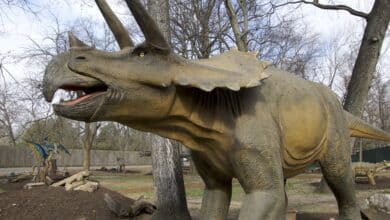Multiethnic Colombia shines in Barranquilla Carnival’s Great Parade

By Hugo Penso Correa
Barranquilla, Colombia, Mar 27 (EFE).- With a spread of multiethnic folkloric expressions representing multicultural Colombia, the Great Parade of Tradition was held Sunday on the second day of the Barranquilla Carnival.
The parade allowed those attending the “Vía 40 Cumbiodromo” to appreciate the dances, music, rhythms, diversity and generational heritage that keep the most important popular festival in Colombia alive, dubbed a “Masterpiece of the Oral and Intangible Heritage of Humanity” by UNESCO.
Groups danced to the rhythm of cumbia, mapale, garabato, congos, farotas and son de negro, among many other folkloric expressions that throughout history reached the Barranquilla Carnival in the boats that crossed Colombia’s main Magdalena River.
The Great Parade of Tradition paid tribute this year to the “Harlequin Devils,” a dance product of European, African and indigenous cultural syncretism in which participants in multicolored dresses act as fire breathers while they dance to delight the public.
This dance, whose origin is in the Caribbean region of Colombia when men dressed as demons danced in processions outside the temple with spurs and rattles, was accompanied by carnival queen Valeria Charris, who wore a fancy traditional dress to honor them.
Like every year, cumbia is the most important rhythm in the Barranquilla Carnival parades. This dance, of African, indigenous and Spanish origin, is the result of miscegenation between these cultures during colonial times in northern Colombia.
Also on stage were the mapale, an African dance whose name comes from the rapid movements of a fish when it is taken out of the water, and the garabato, which represents the victory of joy over death.
Similarly, the congos, which represent a battle for joy and the farotas, representation of indigenous revenge against Spanish rapists, among others, continue to be renewed in the carnival.
They also played son de negro, a dance in which dancers wear blackface and make funny faces to represent mockery in the face of life’s adversities, in addition to countless costumes with allegorical messages to the fauna and the importance of its preservation.
In addition to the parade through the Cumbiodromo, in northern Barranquilla, massive carnival celebrations were held in the city, such as the Carlos Franco Grand Parade, which runs through the southern neighborhoods, as well as the Comedy Encounter and the Festival of Litanies, where current events are satirized.
The Orchestra Festival was also held Sunday at the Romelio Martínez stadium, where groups compete for the Congo de Oro, and the Baila la Calle, an avenue converted into a large dance floor where thousands of people gather. to enjoy the music of about 20 groups. EFE
hpc/lds





